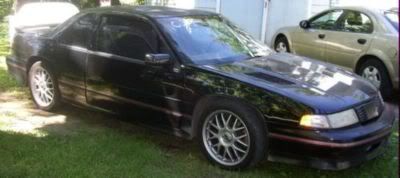So i figure i'll start 1 thread to keep all my problems in.. lol
I'm working on a street tune, got the BLM's all near 128 for normal street driving and overall the driveability is much better now..
The first problem that i have is very annoying.. in open loop on a cold start the car fires up fine, runs for a bit then just dies. Then i gotta do a clear flood to get it started again and hold the throttle so it stays running.. even holding it at 2K RPM it will eventually just flood out and die. After several restarts it will eventually run fine and idle on it's own.
I've attached a datalog of this happening.. check out line 171..
Any input is greately appreciated
Thanks,
Dave
I'm working on a street tune, got the BLM's all near 128 for normal street driving and overall the driveability is much better now..

The first problem that i have is very annoying.. in open loop on a cold start the car fires up fine, runs for a bit then just dies. Then i gotta do a clear flood to get it started again and hold the throttle so it stays running.. even holding it at 2K RPM it will eventually just flood out and die. After several restarts it will eventually run fine and idle on it's own.
I've attached a datalog of this happening.. check out line 171..
Any input is greately appreciated
Thanks,
Dave




Comment